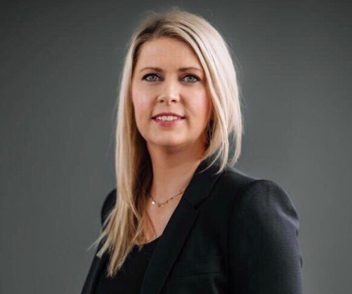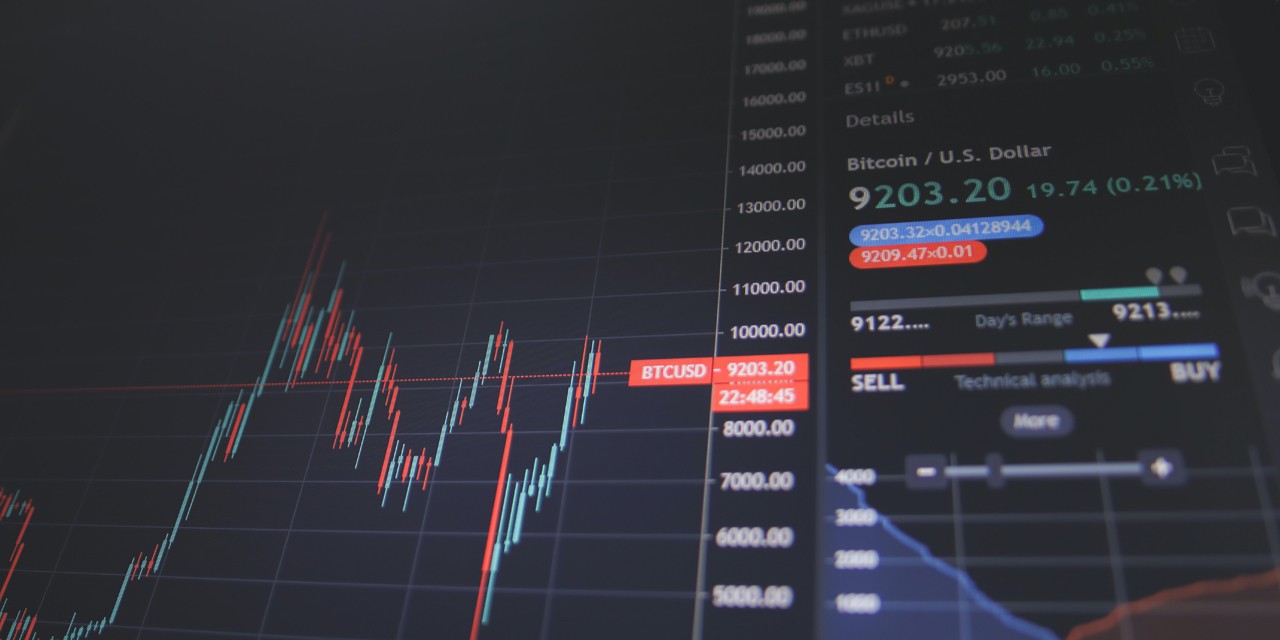This article is part of the
Global Risk Dialogue - 02/2022
Q: You moved from the US to London to take up your role at AGCS in April 2021. What differences do you see between risk trends affecting American board directors and those in the UK and Europe?

Hannah: The risk trends for US, UK, and European directors are quite similar, but the litigation environment is materially different. In the US, the plaintiff’s bar – the lawyers that represent those suing or bringing a lawsuit – is very active and the litigation funding industry is mature and growing. We’ve seen this lead to higher rewards and greater legal expenses.
That said, in recent years there has been a significant uptick in the availability of US-type securities class actions with ‘opt-out’ mechanisms across Europe and the UK. This was seen most recently in Lloyd v Google, a class action lawsuit brought on behalf of over four million iPhone users over claims Google secretly tracked their personal data. The claim was subsequently blocked by the UK’s Supreme Court. With an opt-out lawsuit, a claim can be brought on behalf of every person within a class unless they opt out of the class action. Because the classes get defined very broadly, they sweep in a lot of individuals, and the more people in a class, the higher the potential damages. Understandably, this development into a more US-type litigation environment has become a major concern for directors.
Q: At the end of 2021, an AGCS report listed the mega trends affecting D&O insurance as insolvencies, volatile markets, US litigation risk, and scrutiny over special purpose acquisition companies (SPACS), or ‘blank check companies’. How representative is that list today, given how fast world events are moving in 2022?
Hannah: The AGCS Directors and Officers Insurance Insights report for 2022 continues to be relevant. Insolvency remains a material concern. The impact of the current geopolitical environment has heightened market volatility: surging inflation, higher energy prices, continued supply chain issues, and shortages in the workforce are all adding pressure on companies across the globe. Measures to support businesses during the pandemic are being withdrawn in countries worldwide. Half of the countries analyzed by Allianz Research in a recent study recorded double-digit increases in business insolvencies in the first half of 2022. After two years of declines, a broad-based acceleration in business insolvencies is expected globally: +10% in 2022 and +19% in 2023. [1]
We continue to monitor SPAC litigation. The pace of US securities claims in the first half of 2022 remained steady, and the number of SPAC litigation filings in particular stayed high. SPAC litigation activity could continue to remain elevated, given the amount of SPACs that are nearing the typical two-year deadlines they have to close deals.
The number of securities class actions against non-US issuers [2] fell from 88 in 2020 to 42 in 2021, but filings against non-US issuers still made up 20% of all filings in 2021. This continues to be a highly exposed area. Derivative litigation did see some favorable outcomes for non-US domiciled companies in 2021, with the dismissal of two derivative lawsuits filed in New York courts, including one against the pharmaceutical giant Bayer AG. While these outcomes could alleviate concerns about derivative lawsuits for non-US companies, there are several similar cases still pending (including against Volkswagen) and a recent meaningful settlement (of at least $300mn in a derivative lawsuit [3] involving the software company Renren), so the threat of this type of litigation continues.
Q: What other emerging risks are you looking into – is anything particularly on your radar?
Hannah: AGCS and the D&O insurance industry at large have been talking about the importance of ESG (environmental, social and governance) and the exposures it represents to companies for some time. We’ve seen ESG litigation gain momentum in 2021, a trend that is likely to continue. In particular, there has been an increase in climate change litigation, some of which is supported by litigation funders that provide capital to progress these cases. Such legal action is expected to increase the costs of D&O insurance [4] for corporate companies in the future.
The evolving landscape for climate-related disclosures is heightening this sense of urgency. In the UK, two new laws came into effect in April 2022 to support the transition to net-zero carbon emissions: The Companies (Strategic Report) (Climate-related Financial Disclosure) Regulations 2022, and The Limited Liability Partnerships (Climate-related Financial Disclosure) Regulations 2022. These regulations will not only impact listed companies, but those in their supply chains, which will also feel the pressure to transition to net-zero.
In March this year, the US Securities and Exchange Commission (SEC) also released proposed rules around climate-related disclosures [5]. These would require public companies to disclose climate-related information on a wide range of topics, from risk management processes and governance to climate-related targets and goals, as well as many risks in between. If the disclosures are adopted, there will be significant pressure on companies to meet the requirements, particularly if they do not have existing procedures in place. US businesses have already seen an increase in investors citing climate change in their opposition [6] to the election of management-backed directors.
Q: Given the volatility of the D&O sector, how can insurers best navigate a shifting landscape while meeting the complex needs of clients?
Hannah: AGCS believes the best way to meet complex D&O insurance needs is to listen and work in partnership with our brokers and customers. We want to understand the nuances of our customers’ operations and their risk exposures, so we can better assess how trends may impact them. This will enable us to find specific solutions tailored to meet their needs.
There is a lot of volatility in the global economic environment, but that does not necessarily need to translate to the D&O market if we can provide great sustainable solutions for the long term. At AGCS, we have seen decreases in D&O premiums, particularly with respect to our customers with improving risk profiles, despite the current and anticipated future economic headwinds. We believe the best way to navigate this shifting landscape is to underwrite it.
Biography
Hannah Tindal began her career as a paralegal in the US Air Force before moving into insurance as a surety underwriter. Tindal has since gained over 20 years’ experience in the industry, holding leadership positions within large corporate insurers in North America, working across financial lines business, including commercial, financial institutions, cyber and professional indemnity. Now leading a team of commercial underwriters in London, Tindal is Head of D&O, UK and Nordics, at AGCS.
References
[1] Allianz Research, Energy Crisis, Interest Rates Shock and Untampered Recession Could Trigger a Wave of Bankruptcies, October 27, 2022
[2] Harvard Law School Forum on Corporate Governance, Developments in U.S. Securities Fraud Class Actions Against Non-U.S. Issuers, March 18, 2022
[3] Renrensettlement.com, Renren, Inc. Derivative Litigation, 2022
[4] Financial Times, Climate Litigation Threatens to Push up Companies’ Insurance Costs, August 28, 2022
[5] Deloitte, The SEC Unveils Environmental Disclosure Requirements, July 18, 2022
[6] The Wall Street Journal, More Investors Vote Against Corporate Directors Over Climate Change, July 21, 2022
Stage photo: Adobe Stock
Our expert
Annual survey identifying business risks
Allianz Risk Barometer

Top 3 global business risks in 2023
- Cyber incidents (34%) - 2022 rank: 1 (44%)
- Business interruption (34%) - 2022 rank: 2 (42%)
- Macroeconomic developments (25%) - 2022 rank: 10 (11%)
Newsletter
Keep up to date on all news and insights from AGCS
















